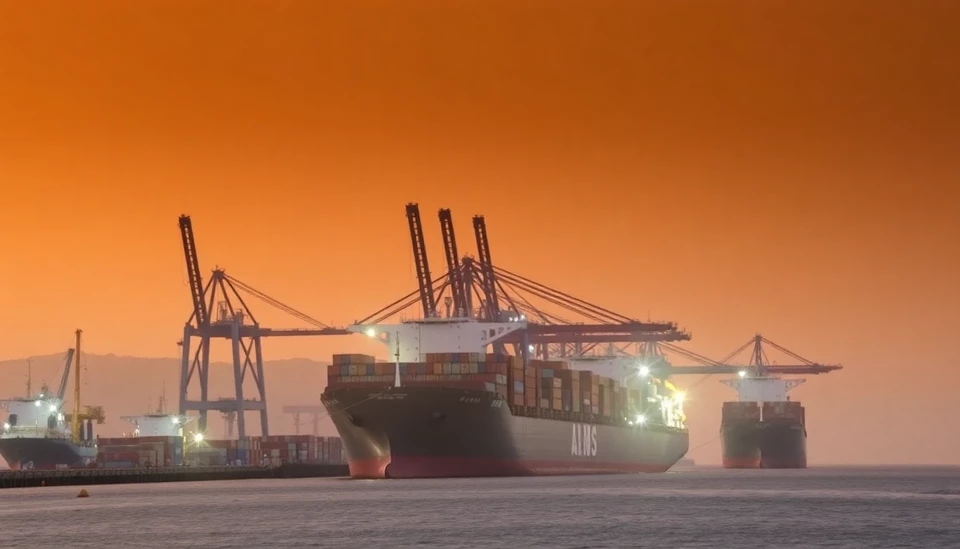
In a striking development, the ports of Los Angeles have reported unprecedented cargo volumes for the month of January, setting new records as businesses gear up for potential tariffs introduced by the Trump administration. This surge in shipping traffic is largely attributed to the strategy employed by importers to stockpile goods ahead of anticipated trade tariffs, which are expected to impact various industries significantly.
According to official statistics released by the Port of Los Angeles, January 2025 saw a remarkable increase in container volume, with the facility handling over 940,000 twenty-foot equivalent units (TEUs). This figure marks a significant 25% increase compared to the same month the previous year and establishes January 2025 as the busiest January on record for the port.
The heightened shipping activity is believed to be driven by importers making proactive moves to avoid the additional costs associated with impending tariffs. Many companies are reportedly importing inventory in advance, prompting a rush at the ports as they prepare for the financial implications of the new trade policies. This trend seems to manifest as businesses seek to mitigate potential disruptions and higher prices in the market that may arise if tariffs are enacted.
Industry experts predict that this record-setting pace at the Los Angeles Port will continue into the following months as traders and businesses strive to take advantage of the current tariff-free landscape. Anecdotal evidence suggests that warehouses are already reaching capacity, as the swift influx of goods creates overflow scenarios across the logistical supply chain.
Amid these developments, supply chain professionals have raised concerns regarding congestion at the ports and surrounding areas due to the increased volume of shipping activity. With the operational efficiency of ports already hanging in the balance due to pre-existing labor shortages and capacity issues, the additional strain could lead to delays and further complications for shipping lines looking to maintain schedules.
In addition to the immediate impacts observed at the port, the broader economic implications of these tariffs also generate considerable discussion amongst economists and policymakers. The anticipated duties are poised to affect consumer prices and could lead to ripple effects across various sectors, potentially revising forecasts for economic growth and inflation rates in the United States.
As Los Angeles continues to handle a record level of cargo while navigating the complexities introduced by potential tariffs, the coming months will be crucial in determining the overall impact of these changes. The port serves as a vital conduit for goods entering the U.S., and its performance will likely be closely monitored as businesses strategize to adapt to the evolving trade landscape.
Ultimately, the historic performance in January speaks to a larger narrative of urgency within the supply chain context. As the situation unfolds, all eyes will remain fixed on the Port of Los Angeles as stakeholders prepare for the repercussions of an uncertain tariff environment.
#LosAngelesPorts #RecordVolume #TrumpTariffs #TradeWar #SupplyChain #Economy #ShippingIndustry #Logistics
Author: Daniel Foster




